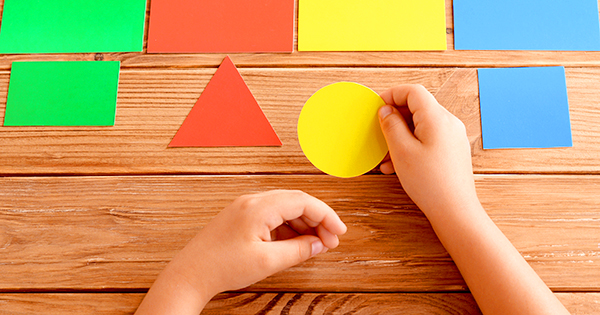
Classroom problem-solving activities teach children how to engage problems rather than to become frustrated with them. Teachers have the opportunity to teach children the proper methods for dealing with stressful situations, complex problems, and fast decision-making. While a teacher is unlikely to actually put the child into a difficult or otherwise harmful situation, he or she can use activities to teach the child how to handle such situations later on in life.
Teach the problems
To solve any problem, students must go through a process to do so. The teacher can explore this process with students as a group. The first step is to fully understand the problem. To teach this, ask students to describe the problem in their own words. This ensures the student is able to comprehend and express the concern at hand. Then, they must describe and understand the barriers presented. At this point, it’s a good idea to provide ways for the student to find a solution. That’s where activities come into play.
The following are five activities elementary teachers can use to teach problem-solving to students. Teaching students to identify the possible solutions requires approaching the problem in various ways.
No. 1 – Create a visual image
One option is to teach children to create a visual image of the situation. Many times, this is an effective problem-solving skill. They are able to close their eyes and create a mind picture of the problem. For younger students, it may be helpful to draw out the problem they see on a piece of paper.
Ask the child to then discuss possible solutions to the problem. This could be done by visualizing what would happen if one action is taken or if another action is taken. By creating these mental images, the student is fully engaged and can map out any potential complications to their proposed solution.
No. 2 – Use manipulatives
Another activity that is ideal for children is to use manipulatives. In a situation where the problem is space-related, for example the children can move their desks around in various ways to create a pattern or to better visualize the problem. It’s also possible to use simple objects on a table, such as blocks, to create patterns or to set up a problem. This is an ideal way to teach problem-solving skills for math.
By doing this, it takes a problem, often a word problem that’s hard for some students to visualize, and places it in front of the student in a new way. The child is then able to organize the situation into something he or she understands.
No. 3 – Make a guess
Guessing is a very effective problem-solving skill. For those children who are unlikely to actually take action but are likely to sit and ponder until the right answer hits them, guessing is a critical step in problem-solving. This approach involves trial and error.
Rather than approaching guessing as a solution to problems (you do not want children to think they can always guess), teach that it is a way to gather more data. If, for example, they do not know enough about the situation to make a full decision, by guessing, they can gather more facts from the outcome and use that to find the right answer.
No. 4 – Patterns
No matter if the problem relates to social situations or if it is something that has to do with science, patterns are present. By teaching children to look for patterns, they can see what is happening more fully.
For example, define what a pattern is. Then, have the child look for any type of pattern in the context. If the children are solving a mystery, for example, they can look for patterns in time, place or people to better gather facts.
No. 5 – Making a list
Another effective tool is list making. Teach children how to make a list of all of the ideas they come up with right away. Brainstorming is a fun activity in any subject. Then, the child is able to work through the list to determine which options are problems or not.
Classroom problem-solving activities like these engage a group or a single student. They teach not what the answer is, but how the student can find that answer.
Categorized as: Tips for Teachers and Classroom Resources
